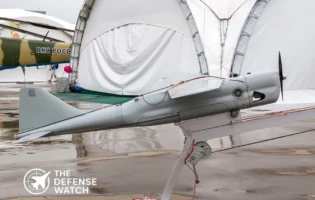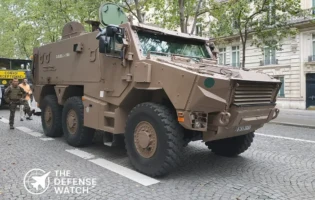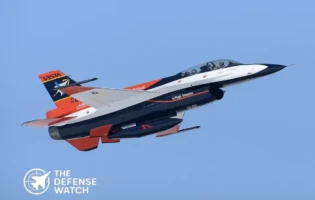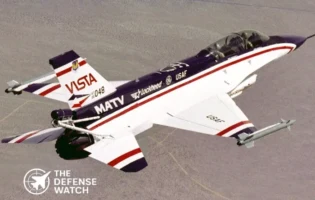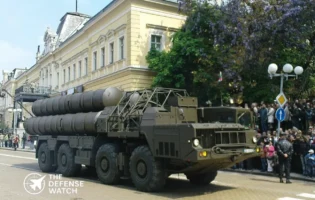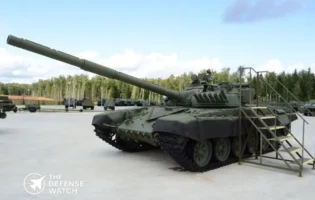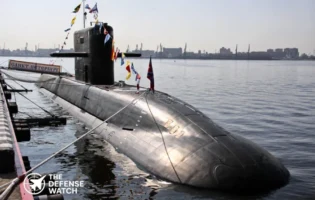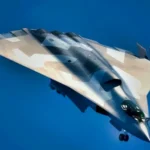- Home
- Catalog
- Naval Warfare Systems
- Virginia-class SSN-774
Virginia-class SSN-774


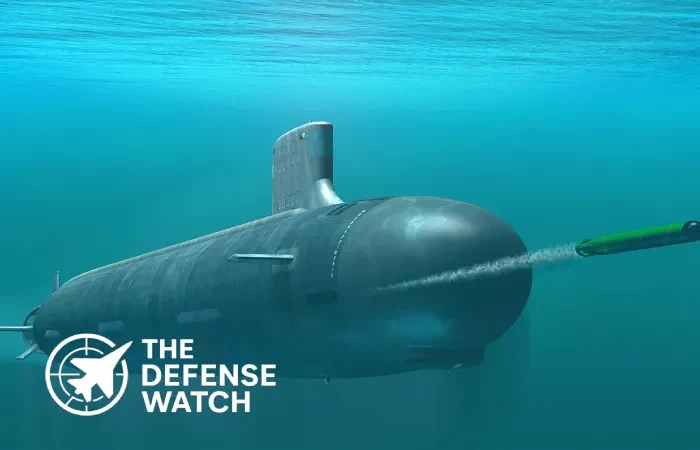
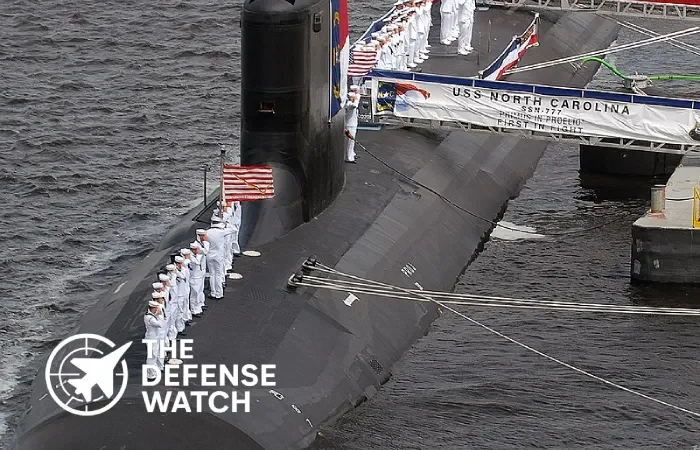


Full Specifications
1. General Information
| System Name | Virginia-Class (SSN-774) |
| Type / Role | Nuclear-Powered Fast Attack Submarine |
| Manufacturer | General Dynamics Electric Boat / HII |
| Country of Origin | United States |
| In Service | 2004 – Present |
| Year Introduced | 2004 |
| Unit Cost | Approx. $3.4 billion (Block V) |
| Crew | 132 (15 officers, 117 enlisted) |
2. Dimensions & Structure
| Length | 377 ft (114.9 m) |
| Beam (Width) | 34 ft (10.4 m) |
| Draft | 32 ft (9.8 m) |
| Displacement | 7,900 tons (submerged) |
| Hull Material | HY-100 steel |
| Deck Configuration | Streamlined, single-hull design |
3. Performance & Propulsion
| Propulsion Type | Nuclear |
| Engine Model | S9G Reactor with Pump-Jet Propulsor |
| Power Output | Classified |
| Maximum Speed | 25+ knots (submerged) |
| Range | Unlimited (nuclear power) |
| Endurance | 33 years (reactor life) |
4. Sensors & Radar Systems
| Primary Radar | None (uses sonar systems) |
| Radar Range | N/A |
| Sonar System | AN/BQQ-10, TB-34 towed array |
| Electro-Optical / IR System | Photonic Masts with HD cameras |
| Electronic Warfare Suite | AN/BLQ-10 ESM |
| Fire Control Radar | Mk 2 Combat Control System |
5. Weapons & Armament
| Main Gun | None |
| Vertical Launch System (VLS) Cells | 12 (40 Tomahawks with VPM) |
| Missiles | BGM-109 Tomahawk cruise missiles |
| Anti-Ship Missiles | Harpoon (optional fit) |
| Anti-Submarine Torpedoes | Mk-48 ADCAP |
| Close-In Weapon System (CIWS) | None |
| Decoy Systems | Acoustic countermeasures, towed decoys |
6. Aviation & Support
| Helicopter Capability | None |
| Hangar Capacity | None |
| UAV Operations | UUV support capability |
| Flight Deck Size | N/A |
| Replenishment at Sea | Supported |
7. Defensive & Electronic Systems
| Countermeasures | Acoustic and magnetic decoys |
| ECM / ECCM | AN/BLQ-1 |
| Missile Defense System | None |
| Combat Management System | AN/BYG-1 |
| Communication Systems | Integrated Undersea Network (C4I) |
8. Operational Information
| Service Branch | U.S. Navy |
| Primary Operator | United States |
| Operational History | Active in Pacific and Atlantic fleets |
| Notable Feature | Modular payload bay for future upgrades |
PROS
- Exceptional acoustic stealth and low detectability
- Long operational endurance via nuclear propulsion
- Versatile payload options (Tomahawk, torpedoes, mines)
- Modular design allows upgrades and mission adaptability
- Advanced sonar and electronic warfare systems
CONS
- Extremely high unit and maintenance cost
- Complex construction and lengthy build time
- Limited missile load compared to dedicated SSGNs
- Requires highly trained and specialized crew
- Dependent on costly U.S. Navy infrastructure
Virginia-Class Attack Submarine (SSN-774)
The Virginia-class (SSN-774) is the backbone of the U.S. Navy’s nuclear-powered fast attack submarine fleet, designed to ensure undersea superiority well into the 21st century. Developed by General Dynamics Electric Boat and Huntington Ingalls Industries, the Virginia-class represents a generational leap in stealth, surveillance, and strike capabilities over its predecessors like the Los Angeles-class.
Commissioned in 2004, these submarines combine advanced acoustic stealth, flexible payload options, and modular construction for cost efficiency and mission versatility. The Virginia-class operates in both open-ocean and littoral (coastal) environments, capable of striking targets on land and sea while conducting intelligence, surveillance, and reconnaissance (ISR) missions.
Powered by a S9G nuclear reactor, the submarine can operate indefinitely without refueling, limited only by crew endurance and onboard supplies. It achieves speeds of 25+ knots submerged and carries Tomahawk cruise missiles, Mk-48 ADCAP torpedoes, and mines, making it a formidable strike platform. The Block V variant introduces the Virginia Payload Module (VPM)—adding four large-diameter payload tubes for increased missile capacity.
Equipped with sophisticated sonar arrays, photonic masts, and open-architecture combat systems, the Virginia-class integrates cutting-edge technologies to detect, track, and engage threats while maintaining extreme stealth. Its flexible design supports special operations deployment, UUV operations, and ISR missions, ensuring unmatched tactical versatility.
Virginia-Class (SSN-774) Price in United States
Each Virginia-class submarine costs approximately $3.4 billion (Block V) depending on configuration and technology upgrades. Despite the cost, it remains one of the most capable and survivable undersea platforms in the world.
Reviews
Disclaimer Note
The information provided on TheDefenseWatch.com is for general informational purposes only. While we strive to ensure the accuracy, completeness, and timeliness of our content regarding defense and aerospace products, technologies, and specifications, we cannot guarantee that all information is 100% accurate or up-to-date due to the evolving nature of military technology and classified data. TheDefenseWatch.com does not warrant the reliability, suitability, or availability of the information for any specific purpose. Users are advised to consult official sources, such as manufacturers, government publications, or defense agencies, for precise and verified data before making decisions based on our content. We are not affiliated with any defense manufacturers, governments, or military organizations mentioned. Opinions, reviews, and ratings reflect expert analysis but are subjective and should not be considered endorsements. TheDefenseWatch.com is not responsible for any errors, omissions, or consequences arising from the use of this website’s content. External links are provided for convenience and do not imply endorsement. TheDefenseWatch.com reserves the right to update or modify content without prior notice. By using this website, you agree to our Privacy & Cookies Policy.








